Commercial card use plummeted during Covid-19 pandemic, survey shows

The pandemic is accelerating digital transformation in commercial cards, according to research presented at a CPI webinar.
During the Covid-19 pandemic, businesses were forced to shut while some had to change their business model in order to survive the crisis. The shutdowns led to a massive drop in business card spending. Almost 70% of commercial card issuers reported a decrease in business activity while 75% of commercial card users reported a decline. This and other major findings related to commercial card programs have emerged from recent surveys conducted by RPMG Research Corporation and presented at a CPI 360 Webinar on 16 June.
While the change in card spending has come down by 67% for both issuers and users of commercial cards, only 16% responded that there was an increase in card spending.
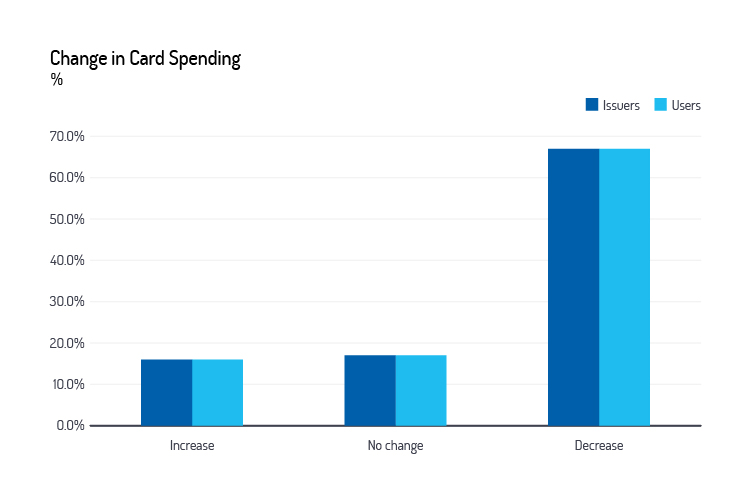
According to the survey outcome, the most common change observed by 65% of card providers was clients shifting to an electronic process for purchase activities. Another 35% of providers noted customer demand for a decrease in spending limits, while 29% experienced pressure from clients to both improve supplier terms and increase supplier on-boarding activity.
“Most organisations made no change in their current (card) distribution, 78% essentially held it as is. Only 10% of the organisations reported that they are reducing the number of cards and these were the organisations facing a significant decline in business activities,” said Mahendra Gupta, Professor at Washington University in St. Louis. “They [businesses] are facing their internal policies putting a limit on the use of the card. Organisations that are in essential or emergency services, increased their use of the card and accordingly the card distribution.”
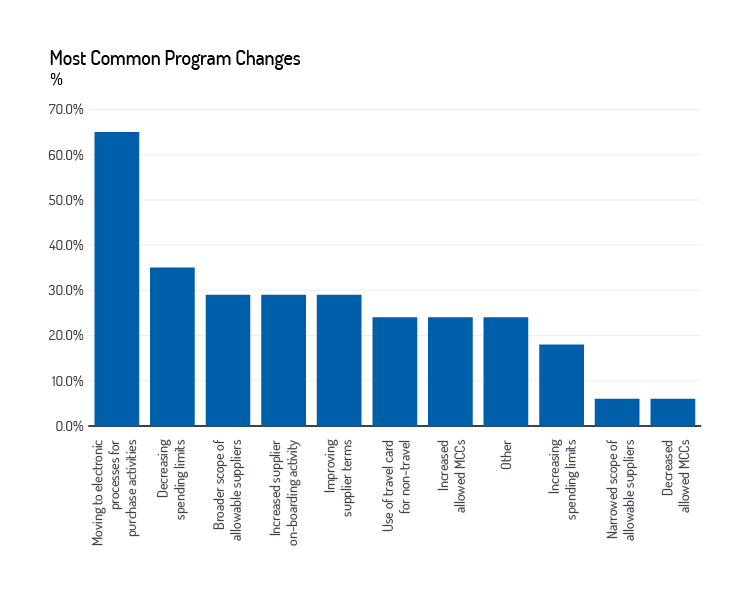
51% of commercial card issuers said there was a decrease in virtual card spending while on the other hand, 40% commercial card users responded by saying that they expect an increase in virtual card spending, an apparent response to the difficulties encountered processing physical checks during this time.
The most concerning challenges for card issuers was the acceptance of cards by suppliers. 50% of issuers believed that this was the major concern followed by challenges associated with enrolling of new suppliers for card payments (44%) and lack of clarity related to organisation’s expectations for card use by employees while working remotely (38%).
“Some suppliers were taking advantage of the situation and putting surcharges on the card use,” said Mr Gupta.
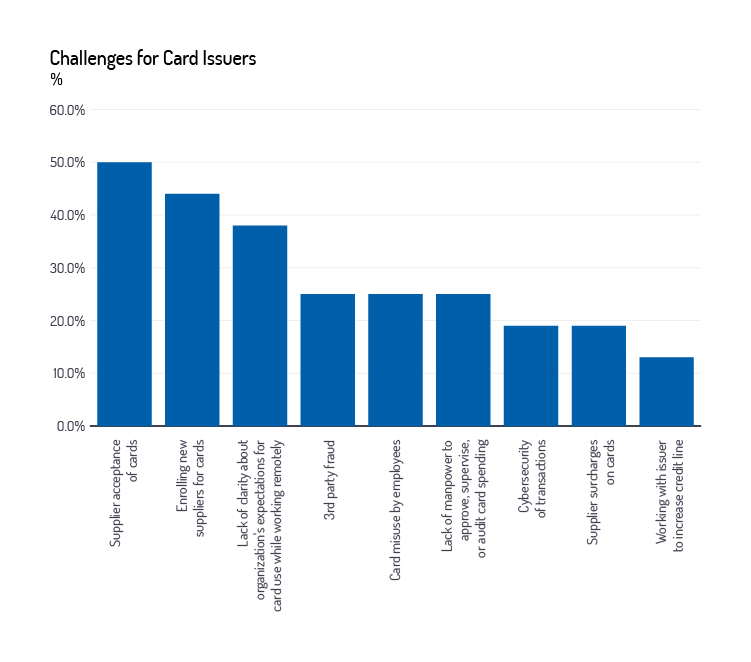
On the card users front, the most concerning challenges were cybersecurity of transactions reported by 37% of respondents and third-party fraud by 34%.
“What we heard was not only cybersecurity has been important on a normal day, but now we have a huge shift of employees working from their homes. And they are now on the networks that are often not exactly as secure as their organization’s network,” said Mr Gupta.
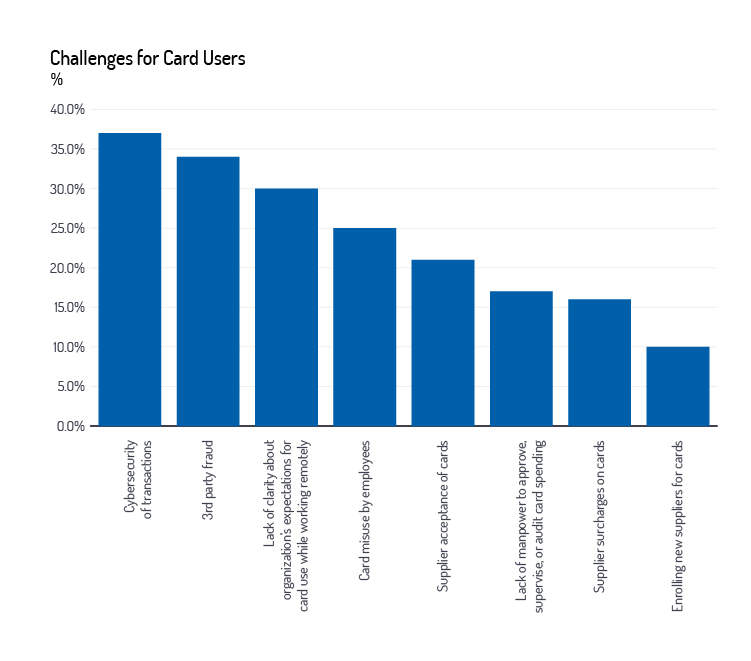
The extent to which Covid-19 has an impact on businesses and spending is still uncertain but according to providers, 41% believe that it will take 2 years to return to normal (pre-pandemic) spending while 35% believe it will take one year or less.
The most prominent effect of the pandemic on card operations is on increased call volume to help desks, 65% of providers said. While 53% of them believe that increased card payments defaults and increased requests for an extension in the credit line are the major pandemic effects on card operations.
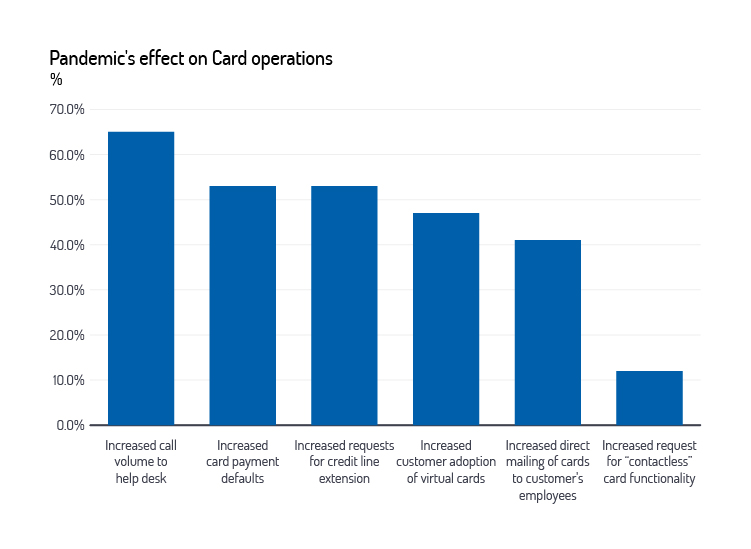
Responding to the survey results, Arthur Weiner, Vice President, Head of Strategic Account Manager & Supplier Enablement Teams at Fifth Third Bank said, “I really didn’t see many surprises in this study,” whilst commenting that “we saw declines immediately in all categories of spend; air, hotel, car and restaurants, even payables, with the most dramatic decreases in T&E.”
Weiner stated that there are signs of improvement: “I would say in the last 30 days, towards the end of May and through June, we’ve started to see spend plateau and we’re actually seeing an uptick”.
Weiner observes however that commercial cards can “provide cash flow that companies need now, especially during this time when their business has slowed down significantly”, and that there may also be a reverse trend to increase supplier enablement of commercial cards. “We actually have had some clients that are seeing their suppliers proactively reach out to them because they want to accept card because they can get paid quickly and it’s guaranteed source of revenue.”
Weiner observes that commercial cards can “provide cash flow that companies need now, especially during this time when their business has slowed down significantly”, and that there may also be a reverse trend to increase supplier enablement of commercial cards: “we actually have had some clients that are seeing their suppliers proactively reach out to them because they want to accept card because they can get paid quickly and it’s guaranteed source of, of revenue”.
On the rise in contactless payments, Weiner says that “companies are looking to remove paper and go to a more electronic form, not just on the payment side, but now on the invoice side” and that “the pandemic is probably going to push more digitization”.